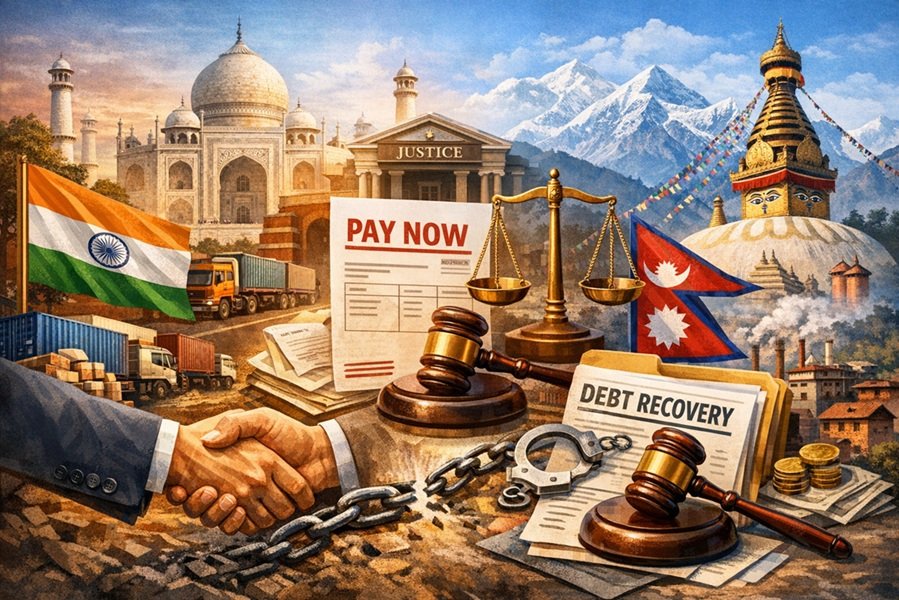
In global finance, credit rating agencies play a crucial role in shaping investment decisions, assessing risks, and influencing capital markets. Among them, “The Big Three” — Moody’s, S&P Global Ratings, and Fitch Ratings — dominate the industry, collectively controlling nearly 95% of the global credit ratings market. Their evaluations guide governments, corporations, and investors worldwide, making them powerful arbiters of financial stability.
What Are Credit Rating Agencies?
Credit rating agencies (CRAs) are institutions that assess the creditworthiness of borrowers. These borrowers can be:
- National governments
- Corporations
- Municipalities
- Financial instruments (bonds, debt securities, etc.)
A credit rating provides an independent opinion on whether the borrower can meet its debt obligations. Ratings are expressed in symbols such as AAA, AA, A, BBB, BB, B, CCC, CC, C, D, with AAA being the highest rating (indicating the lowest risk) and D representing default.
The Big Three Credit Rating Agencies
1. Moody’s Investors Service
- Founded: 1909 by John Moody in the United States
- Headquarters: New York City, USA
- Global Market Share: ~40%
- Known For: Publishing credit ratings, research, and risk analysis covering governments, corporations, and financial securities.
Rating Scale:
Moody’s ratings range from Aaa (highest quality, lowest risk) to C (lowest, usually in default).
Notable Role:
- Provided ratings for U.S. Treasury bonds, corporate bonds, and structured finance products.
- Its ratings often influence global investor confidence in emerging markets.
2. S&P Global Ratings (Standard & Poor’s)
- Founded: 1860 by Henry Varnum Poor (merged to become Standard & Poor’s in 1941)
- Headquarters: New York City, USA
- Global Market Share: ~40%
- Known For: Widely used credit ratings and its S&P 500 Index, one of the most important stock market benchmarks.
Rating Scale:
S&P ratings range from AAA (highest) to D (default). Unlike Moody’s, S&P uses plus (+) and minus (−) signs within categories (e.g., A+, A, A−).
Notable Role:
- First to downgrade U.S. sovereign debt from AAA to AA+ in 2011, a historic move.
- Provides ratings for governments, corporations, and structured products worldwide.
3. Fitch Ratings
- Founded: 1914 by John Knowles Fitch
- Headquarters: New York City and London (dual-headquartered)
- Global Market Share: ~15%
- Known For: Offering slightly more flexible rating methodologies compared to Moody’s and S&P.
Rating Scale:
Similar to S&P, Fitch uses AAA to D with modifiers (+/−).
Notable Role:
- Often considered the “third opinion” after Moody’s and S&P.
- Though smaller in size, Fitch remains highly influential in both sovereign and corporate bond markets.
Importance of The Big Three
- Investor Guidance – Helps investors assess risks before buying bonds or debt securities.
- Cost of Borrowing – A higher rating lowers borrowing costs for governments and corporations, while a downgrade increases them.
- Global Influence – Sovereign credit ratings can influence a country’s ability to attract foreign investments.
- Regulatory Role – Many financial institutions are required by law to consider ratings when managing capital.
Criticism of The Big Three
Despite their importance, the Big Three have faced significant criticism:
- Conflict of Interest – They are paid by the issuers of securities they rate, leading to potential bias.
- 2008 Financial Crisis – Heavily criticized for giving high ratings (AAA) to mortgage-backed securities that later defaulted.
- Market Concentration – Their near-monopoly limits competition and transparency.
- Pro-Cyclicality – Downgrades during economic crises often worsen financial instability.
Alternatives to the Big Three
- DBRS Morningstar (Canada)
- Kroll Bond Rating Agency (KBRA) (USA)
- China Chengxin International (CCXI) (China)
- CARE Ratings and ICRA (India)
While these agencies operate regionally, none have matched the global dominance of the Big Three.
Conclusion
The Big Three credit rating agencies — Moody’s, S&P Global Ratings, and Fitch Ratings — remain central players in global finance. Their ratings influence borrowing costs, investment flows, and even government policies. While they have been criticized for their role in past financial crises, their evaluations continue to serve as vital benchmarks in the world of economics and investing.
As globalization deepens and financial markets expand, the dominance of the Big Three will likely remain, although alternative agencies are slowly gaining recognition in specific regions.






